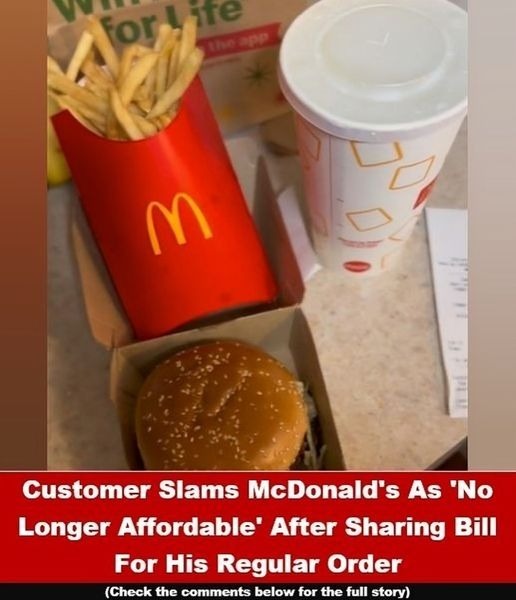ADVERTISEMENT
The ease of subscribing to these platforms is counterbalanced by the growing fragmentation of content across services, meaning that consumers often have to juggle several subscriptions to maintain access to their preferred content. What was once a convenient way to watch TV and movies has evolved into a complex and expensive puzzle that requires constant management.
Moreover, ads have made their way back into streaming platforms that were once ad-free, adding another layer of inconvenience for subscribers. Additionally, geo-restrictions on content availability and ever-changing licensing deals have further diluted the convenience of on-demand viewing.
#### 2. **E-commerce and Hidden Costs**
The rise of e-commerce has made it easier than ever to buy almost anything from the comfort of our own homes. However, the convenience of online shopping is now being weighed down by various hidden costs. While it’s easy to find a product with just a few clicks, many online retailers now charge additional fees, including shipping costs, handling charges, and taxes, that can quickly add up. Many online shoppers find themselves surprised by the final price at checkout.
Additionally, the rush for faster shipping options has led to increasing environmental concerns. What was once considered convenient, such as two-day shipping, is now raising questions about sustainability. The environmental toll of fast shipping, combined with excessive packaging, is causing many consumers to reconsider the true cost of their convenience.
#### 3. **Smart Technology and Privacy Concerns**
Smart home technology has undoubtedly made many aspects of daily life more convenient. From controlling the thermostat with your voice to having your lights turn on automatically, these innovations have made life easier in many ways. However, as more people embrace smart technology, they are also encountering privacy and security risks. Concerns over data collection, surveillance, and hacking have raised alarms about the true cost of having convenience at your fingertips.
Many individuals are finding that their desire for convenience comes with a loss of privacy and security. Personal data, from shopping habits to health information, is constantly being collected by smart devices and apps, often without clear consent or understanding. As these technologies become more embedded in everyday life, the balance between convenience and security becomes increasingly difficult to navigate.
### The Shift Toward Sustainable Solutions
One area where the cost of convenience has become particularly apparent is in the environment. The emphasis on convenience has driven a culture of consumption that often prioritizes short-term ease over long-term sustainability. The rise of single-use plastics, fast fashion, and disposable goods has contributed to a massive environmental crisis. As a result, the once-convenient options for products and services are now being reassessed, and individuals are beginning to demand more sustainable alternatives.
#### 1. **Single-Use Plastics and Environmental Impact**
Convenient products, such as single-use plastic bottles, bags, and food containers, have long been staples in everyday life. However, the environmental impact of these products has become increasingly undeniable. The push for more sustainable, reusable options has grown as people become more aware of the damage caused by plastic pollution. Although reusable alternatives may be more expensive upfront, they provide long-term savings and environmental benefits.
#### 2. **Sustainable Fashion and Eco-Friendly Products**
Fast fashion has created an affordable and convenient way for people to keep up with trends, but the environmental and ethical costs have prompted consumers to seek out more sustainable fashion options. Brands focused on producing eco-friendly clothing and products are gaining popularity, as more individuals seek to reduce their carbon footprint. While sustainable fashion may come with higher upfront costs, many people view it as a more responsible choice for the planet—and a way to ensure that convenience doesn’t come at the expense of the environment.
### The Bottom Line: Is Convenience and Affordability a Thing of the Past?
So, is it true that “it’s officially not convenient or affordable anymore”? In many ways, yes. The realities of inflation, rising costs, digital fragmentation, and environmental concerns are reshaping what it means to have affordable and convenient options in our daily lives. While it’s still possible to find solutions that balance convenience and affordability, these solutions are becoming increasingly harder to find as the world changes.
The pursuit of convenience, whether it’s for food, transportation, or entertainment, often comes with a hidden cost—whether that’s financial, environmental, or social. As consumers, we are faced with a growing need to navigate these challenges, weigh our options carefully, and make decisions that prioritize not just our immediate convenience but also long-term sustainability and affordability.
In conclusion, while convenience and affordability are still desirable goals, they no longer come as easily or as inexpensively as they once did. As we adapt to these changes, it’s essential to reevaluate what we value most in our choices—whether that’s speed, price, sustainability, or the well-being of the planet. The landscape of convenience and affordability may be shifting, but with careful consideration and a willingness to adapt, we can continue to find ways to make our lives easier without sacrificing the values that matter most.
